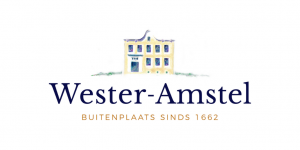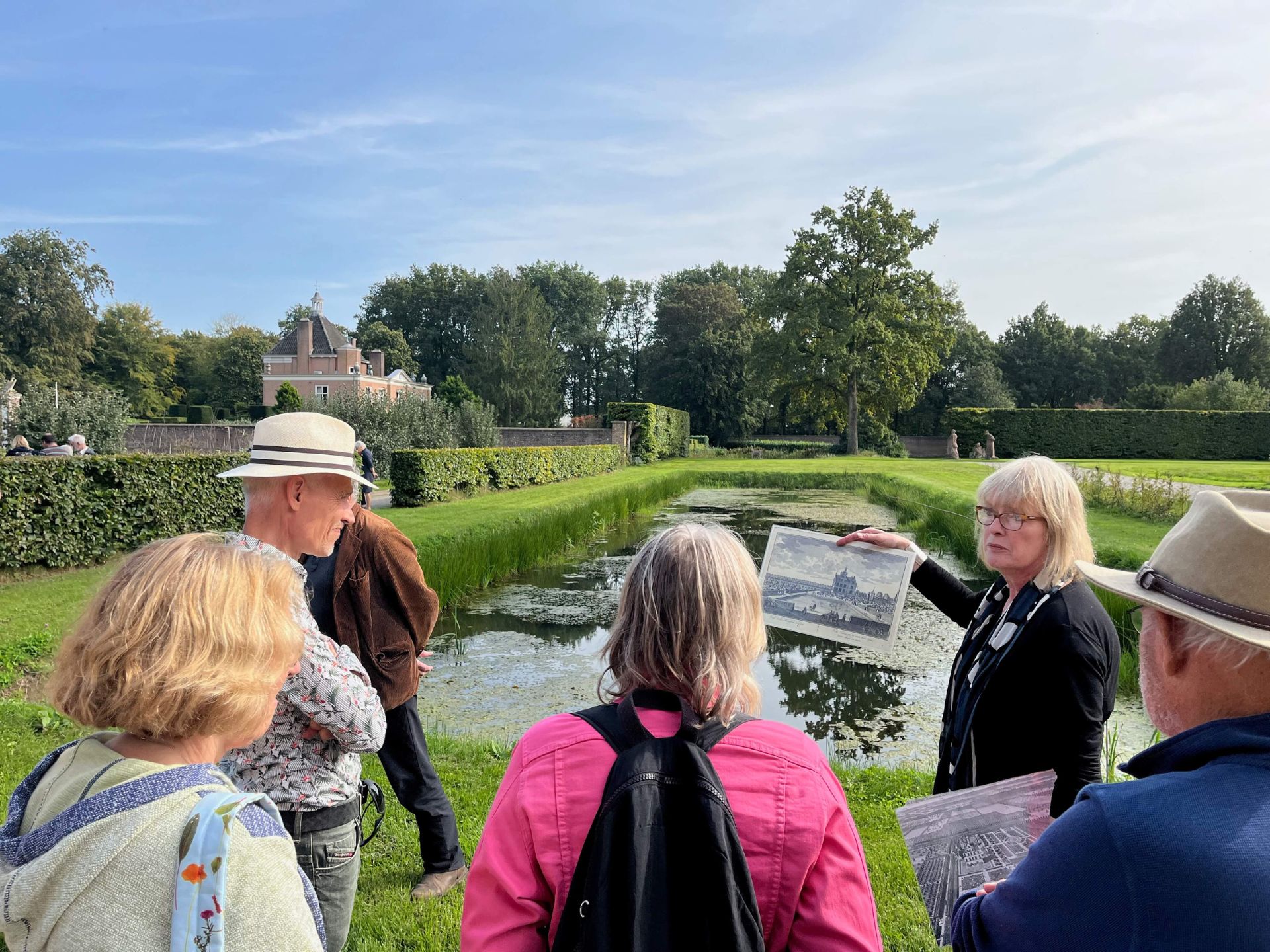
Landlocked estate survived bombing and a catastrophic windblow
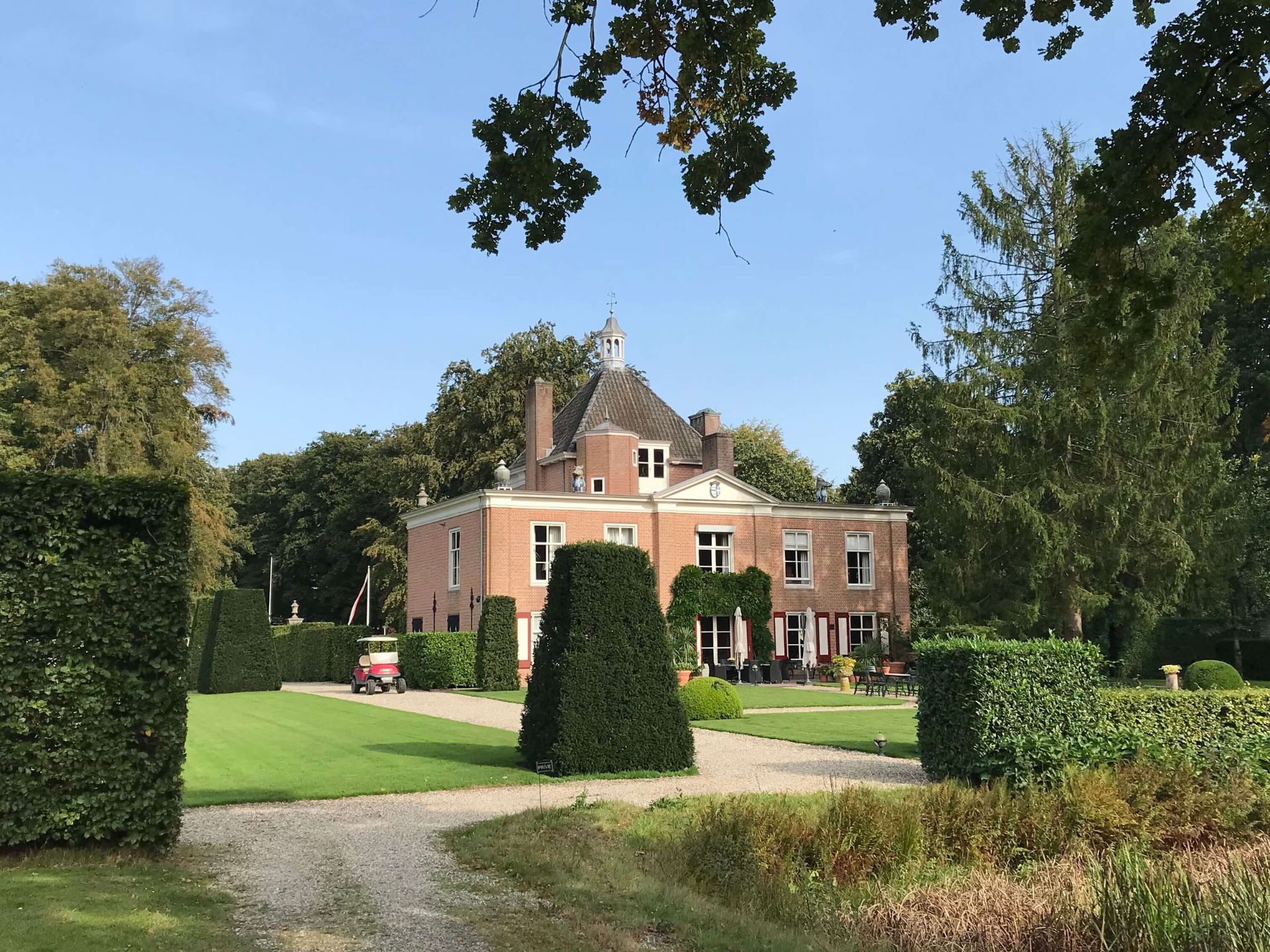
As we eagerly anticipated our volunteer excursion to Landgoed Zuylestein , playful banter and humorous jests filled the air. Silly jokes, like the whimsical comparisons to the tornado from 'The Wizard of Oz', added a dash of amusement to our anticipation. I often inject a bit of playful mischief into our outings. However, the pinnacle of adolescent fun ensued when I learned that our tour guide's name was Jemima. Instantly, I was transported to the exciting world of West Coast legend Frank Zappa. His song, 'Electric Aunt Jemima', filled my mind.
Amidst these playful wanderings, I found myself to be the only one able to pronounce her name correctly. Who is she you may ask? None other than our guide for the day, Jemima de Brauwere. There she stood, with alert eyes beneath a brisk blonde bob. Her petite frame effortlessly commanded the vast expanse of the Utrechtse Heuvelrug. We were captivated by her presence, hanging on every word within seconds of meeting her.
It's worth noting that I intentionally avoided reading up on the estate, preferring instead to gather firsthand knowledge from Jemima herself. With the aid of a 300-year-old engraving, cleverly utilised as a map for fundraising purposes, we embarked on our introductory journey. Spontaneously, our group divided into two groups, each one gravitating toward a specific guided tours: the first group headed towards the muss (a charming twist), while the other ventured into the woods, exploring an area devastated in 2021 by a sudden wind burst that swept over the Lower Rhine, levelling 10 hectares of forest.
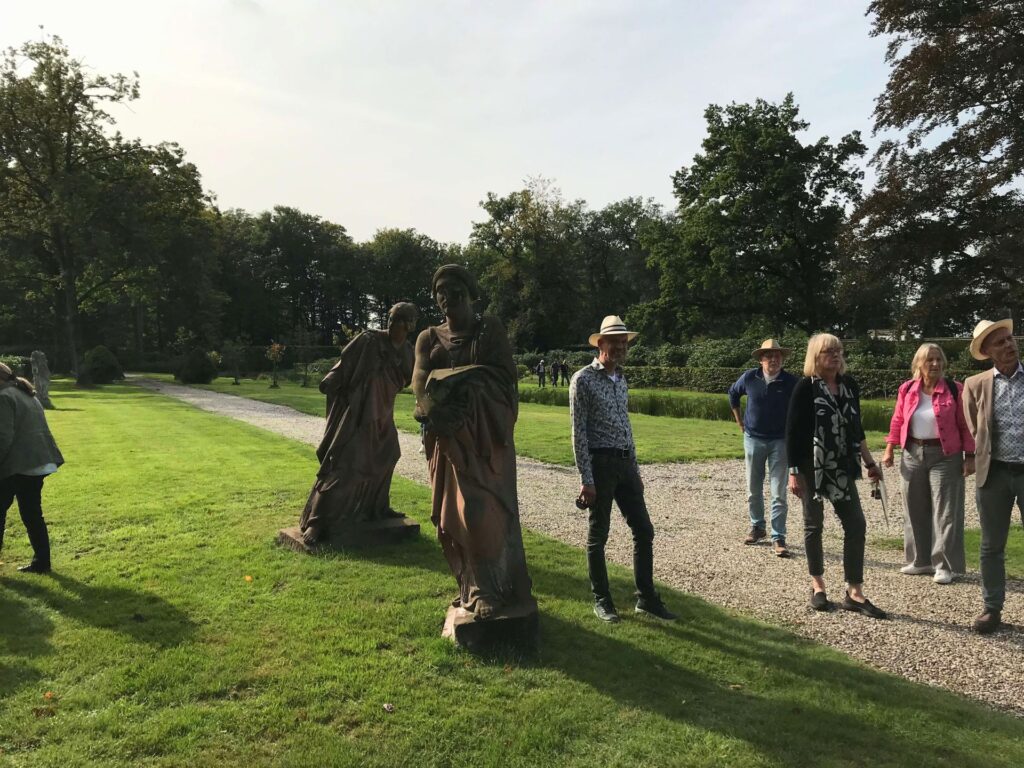
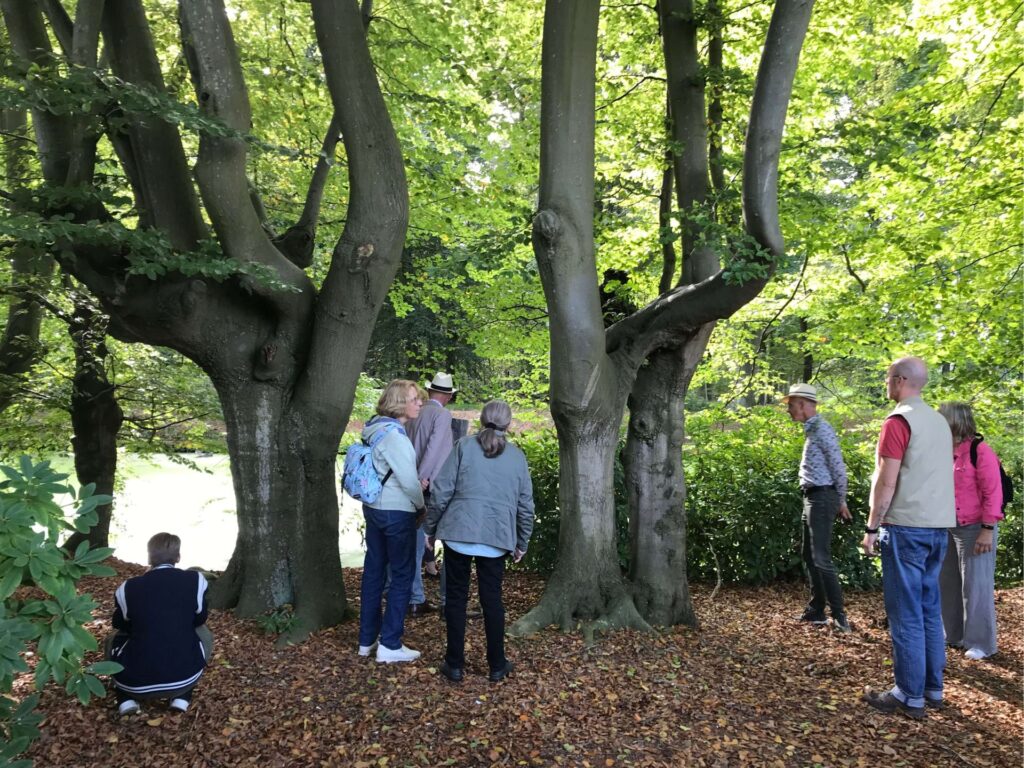
The sudden screeching hop-step-jump followed by an eerie silence must have been truly overwhelming. Jemima recounted the moment, saying, 'We were seated with the volunteers, seeking refuge from the wind, when a peculiar sound startled us. None of us were prepared for the devastation we saw next.'
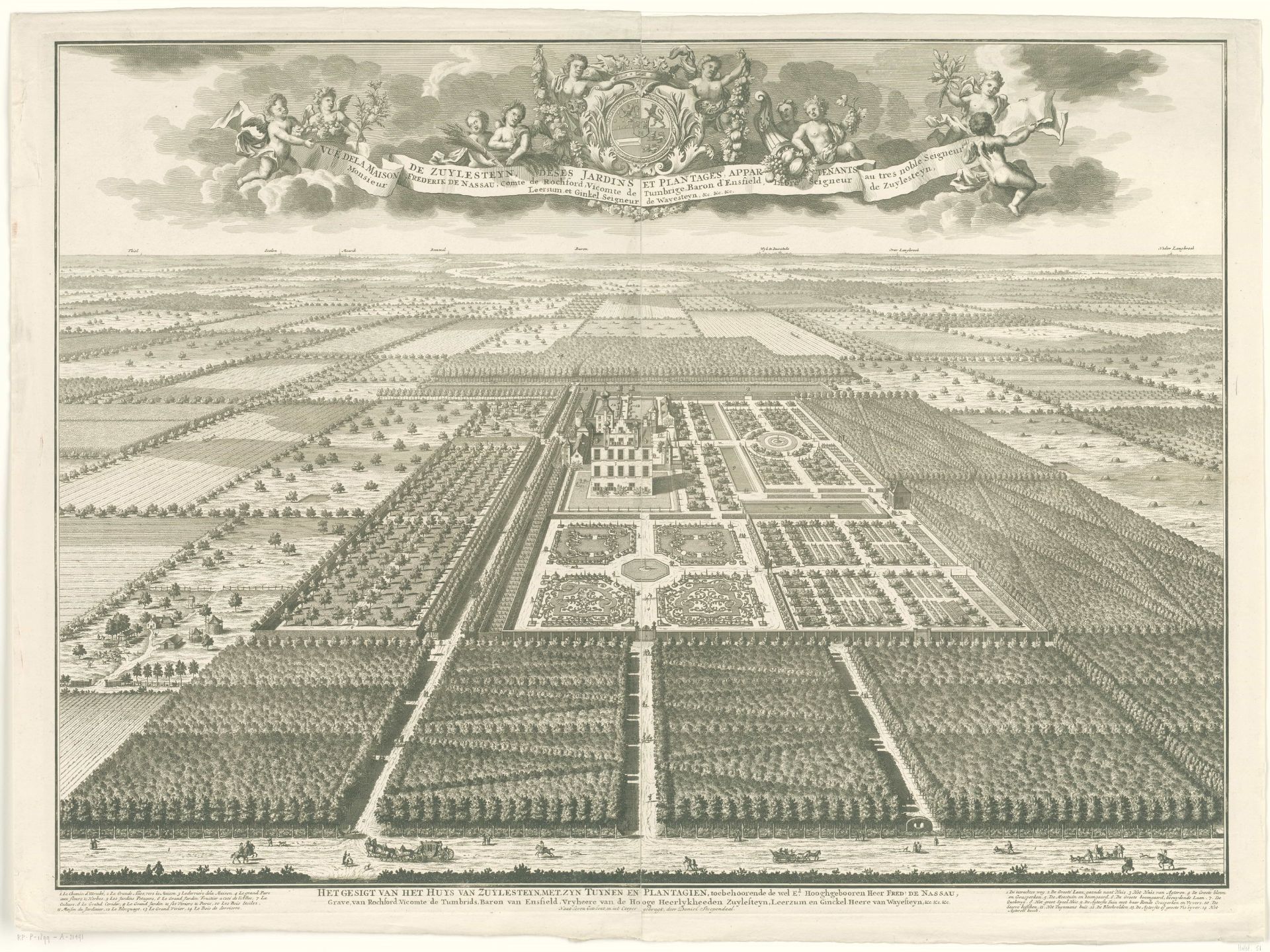
With Daniel Stoopendaal's prints under her arm, Jemima first leads us through a section of the vegetable gardens that was largely spared by the storm. And I will only say it once: everything at Zuylestein is ten times bigger than at Wester-Amstel, including the gardens!
The astounding detail in the 1710 etching seamlessly translates to the 21st century, offering a glimpse into the past with frightening accuracy. Even today, the print effortlessly reveals the ideal spacing between the espaliered trees. For those exploring the Rijksmuseum website, a copy of this etching unveils intricate details—one can count the ducks or perhaps swans) in the expansive water pools, even hearing the clinking of ducats in a visitor's pocket, as unbelievable as it may seem!
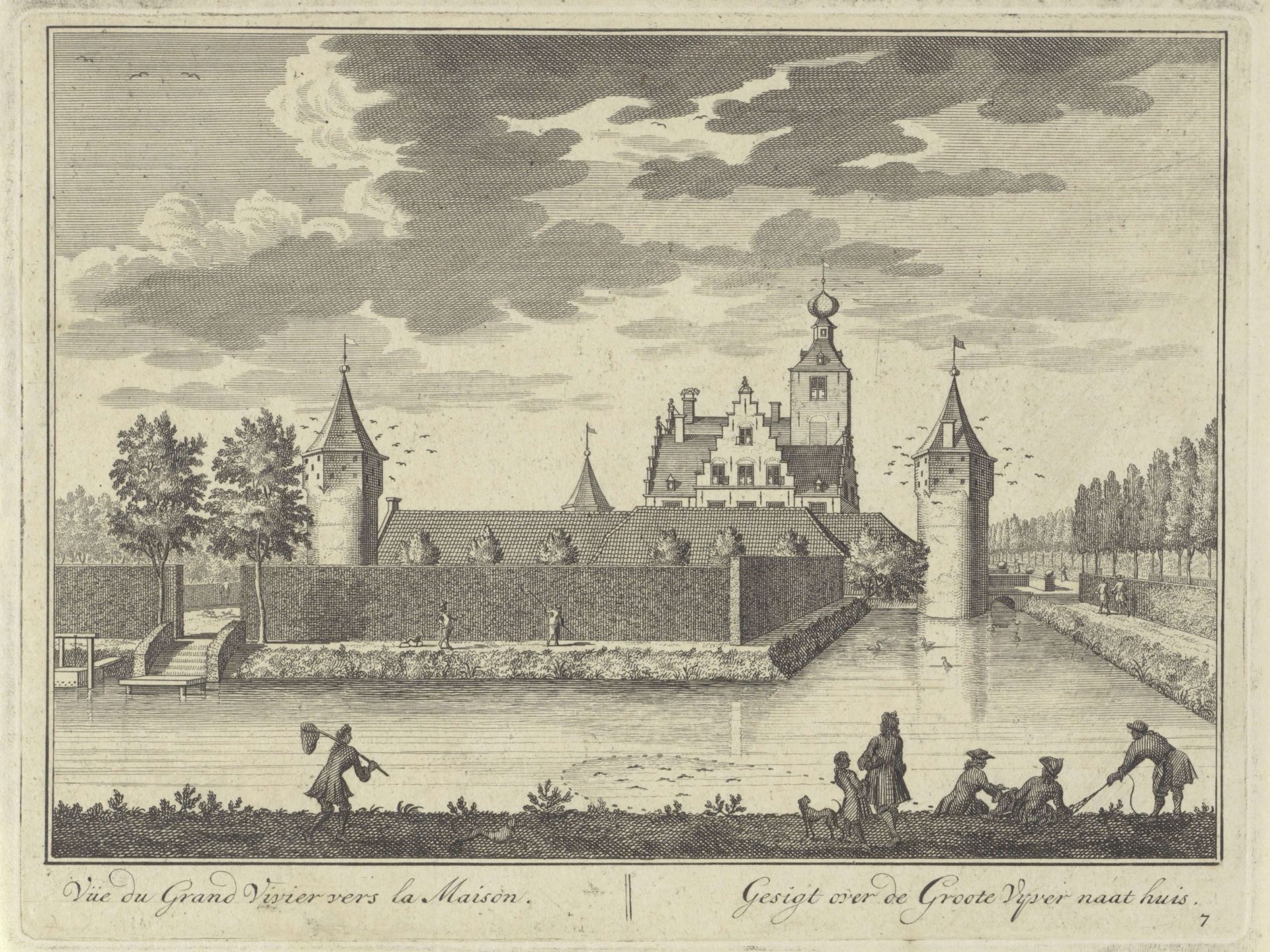
These water basins served not only as vital water management systems and carp breeding grounds, but they also offered a visual spectacle. To this day, the cleverly designed slopes and reflections still add to the seemingly endless expanse that is the Zuylestein Estate - a unique piece of heritage in the heart of the Netherlands.
Jemima's insights continue to fascinate: she points out the transition in soil as we approach the fertile clay of the river. She makes a point of the difference between the wild boards atop Nieuw Zuylestein and the high-value forest hogs. "The hogs are an essential part of our circular business; they eat the acorns and beech nuts and help control brambles and knotweed." (Fun fact: you can order pork from the estate’s shop and it is said to be delicious.)
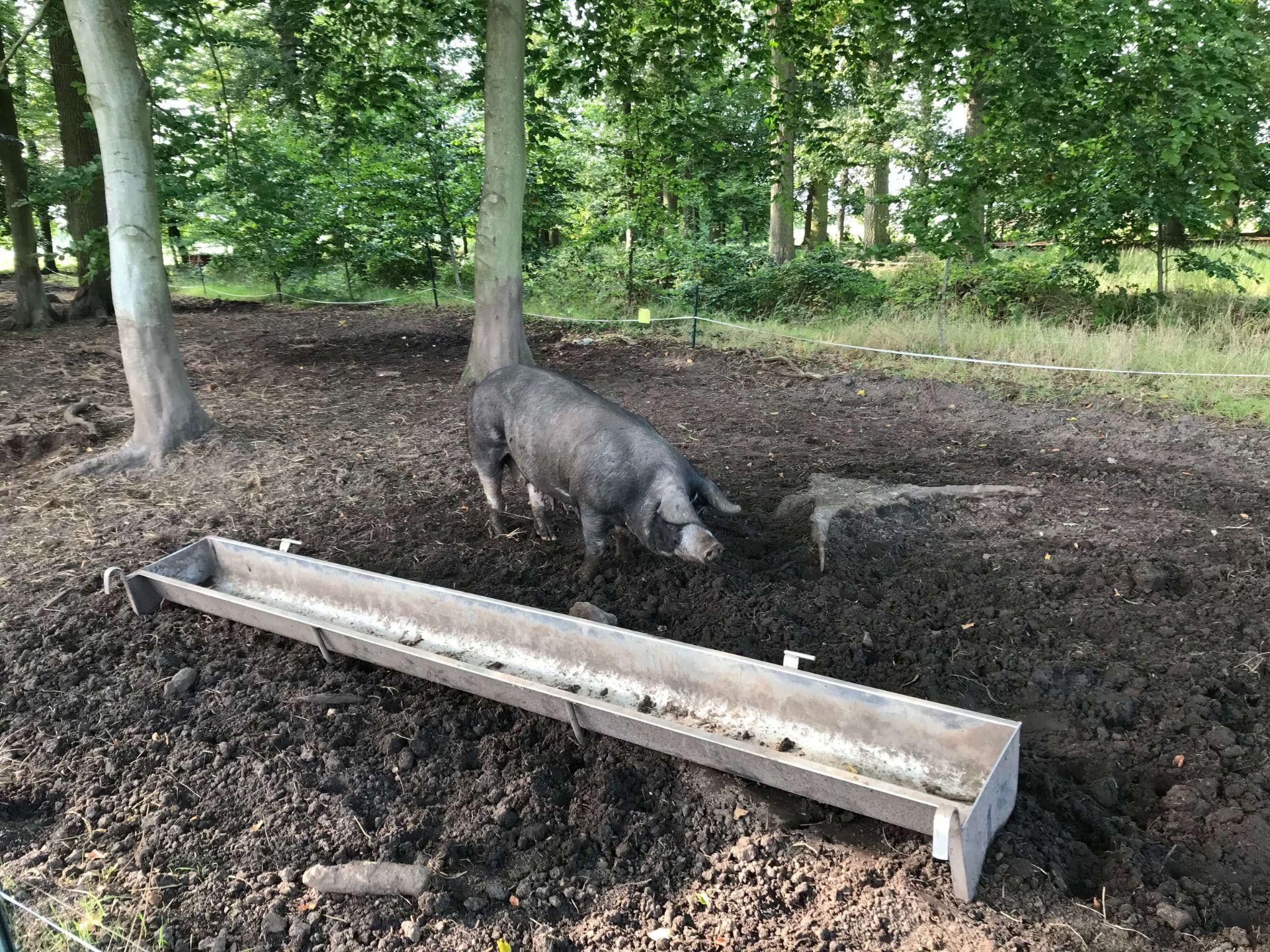
Through the heart of the hurricane — a towering beech tree clipped bare on one side, juxtaposed against untouched forest boughs — we arrive at the decimated Star Forest, named after the diagonal paths that cut through it. After a little lesson on the importance of flat gravel ("it doesn't roll away"), an explanation about a strip farming project, and the recipe for a good cider extracted from the new semi-high-stemmed fruit plantings ("sweet, sour and bitter apple varieties, otherwise it just won’t work"), we get slammed by another small, but merciless historical blow…
The trees, which look innocent enough, are remnants of a wartime bombing by Allies who feared the area was a hotbed for the German army. And so, they bombed the estate and the surrounding area just to be safe. The result? There is still plenty of shell shrapnel embedded in the wood, so it cannot be sold.
Overflowing with knowledge, advice, and many emotions, we settle in for a well-deserved drink of wine and cider. Yet another volunteer outing worth remembering!
And I forget - still fiercely impressed - to ask about the forest pig in the shop.
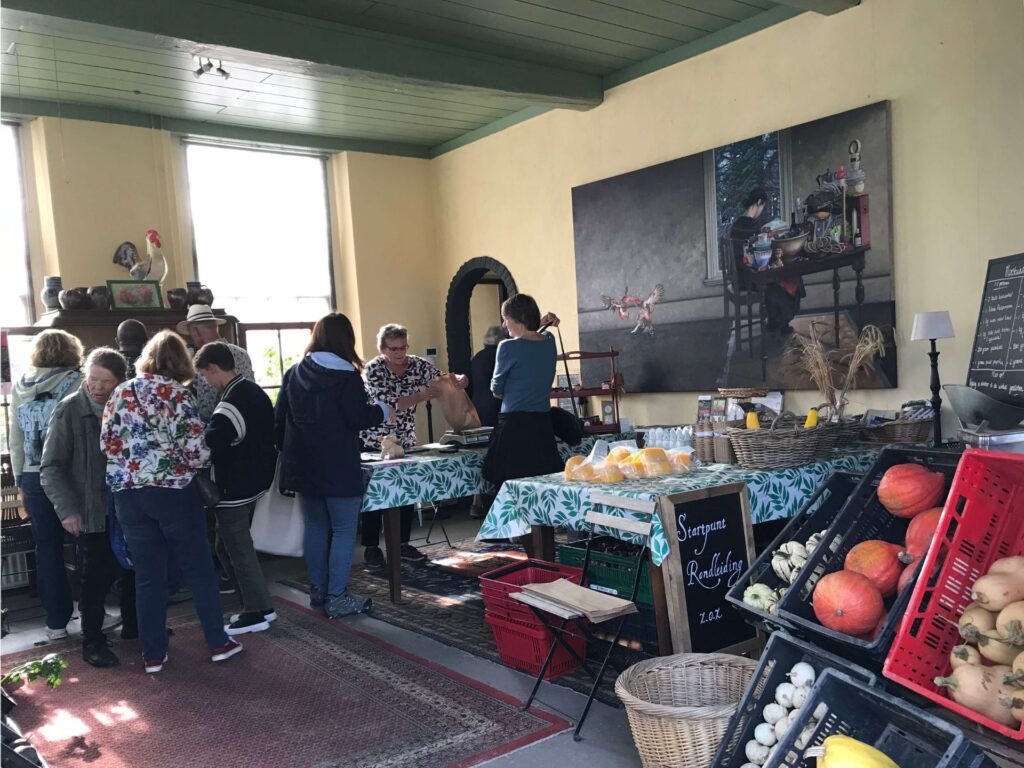
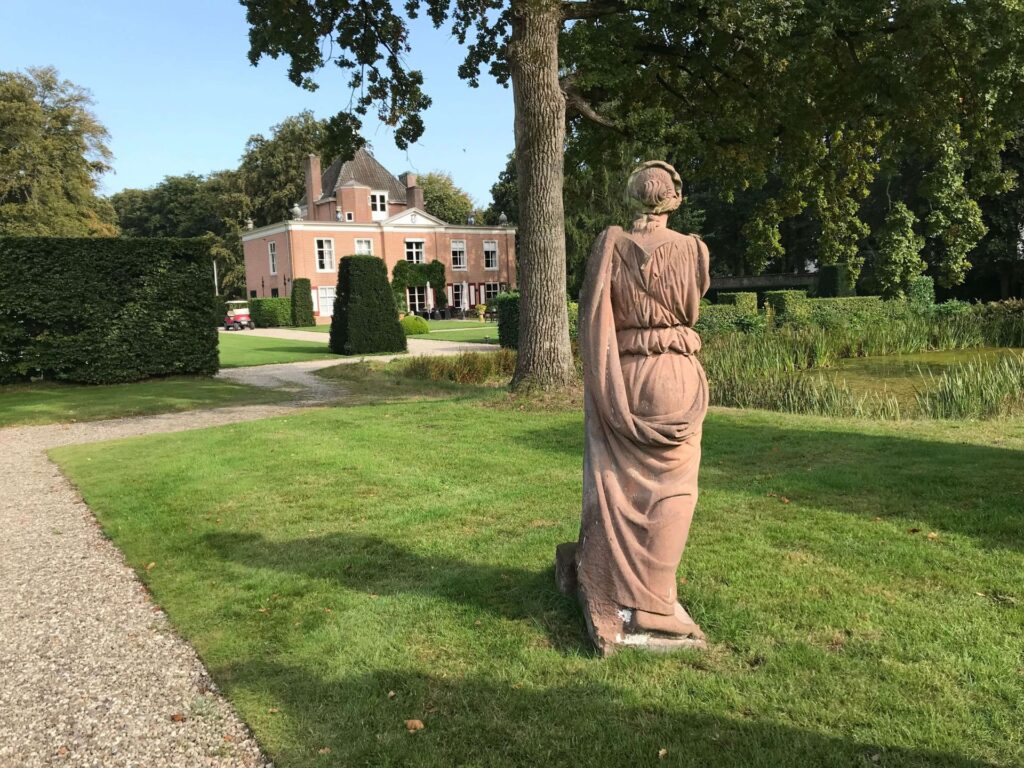
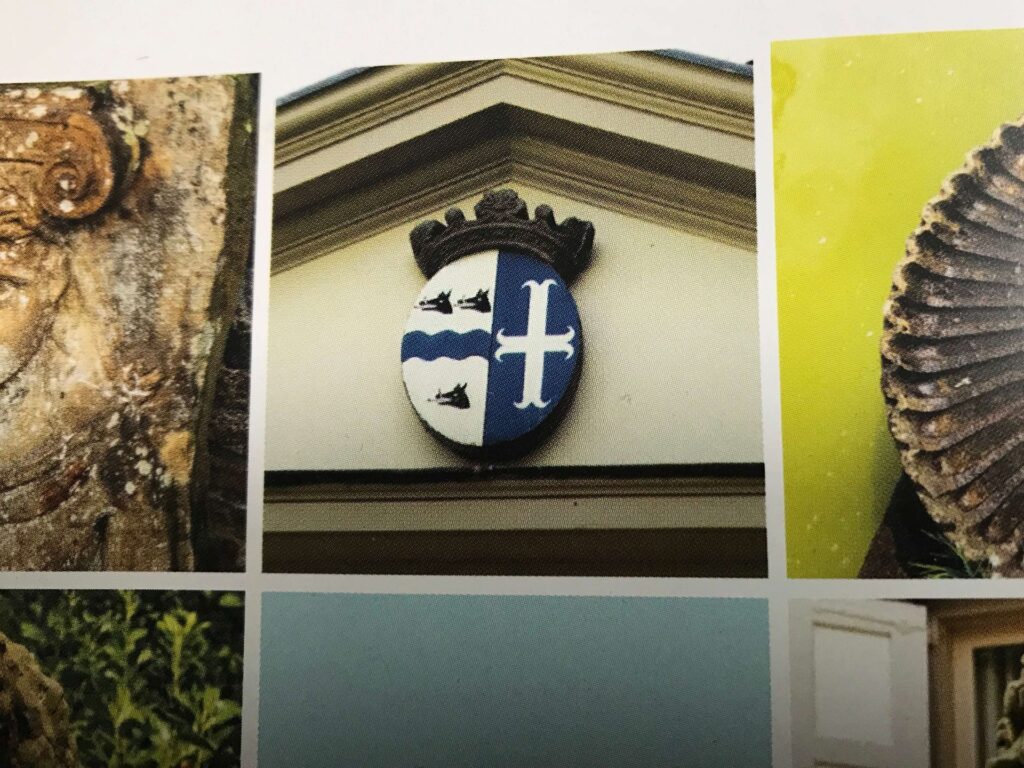
By: Ruud Vrielink
